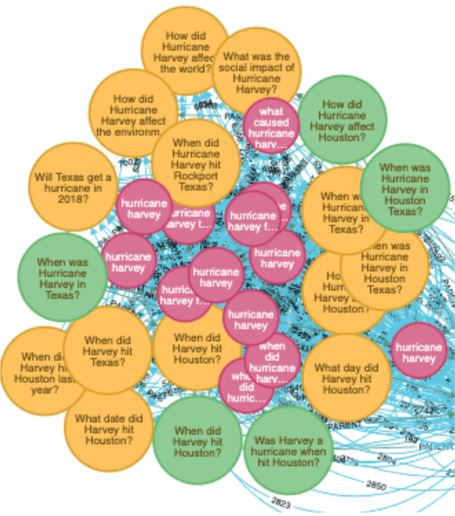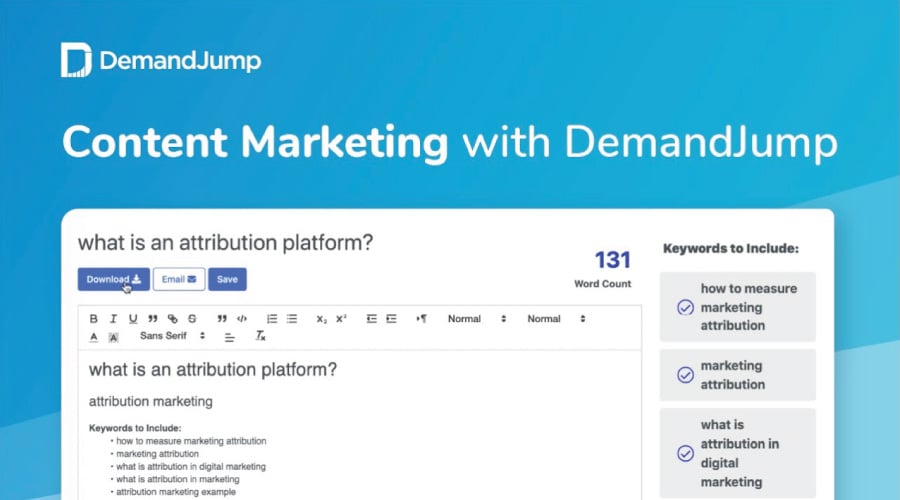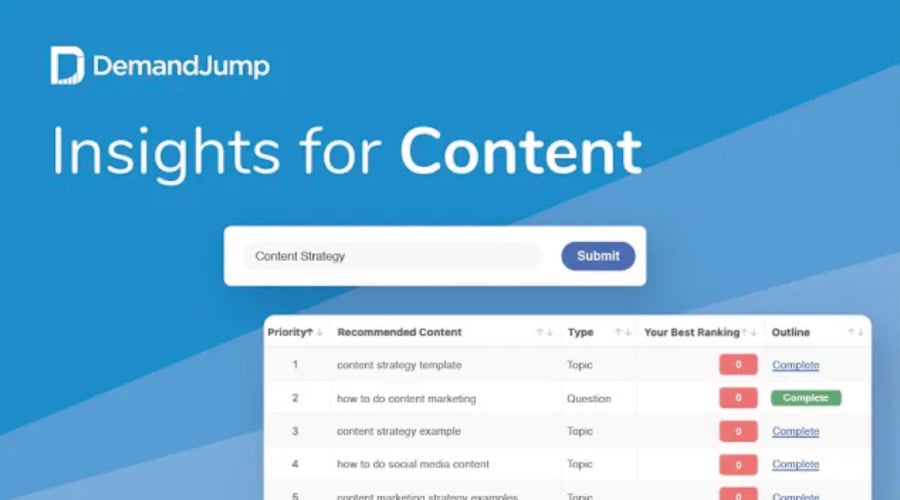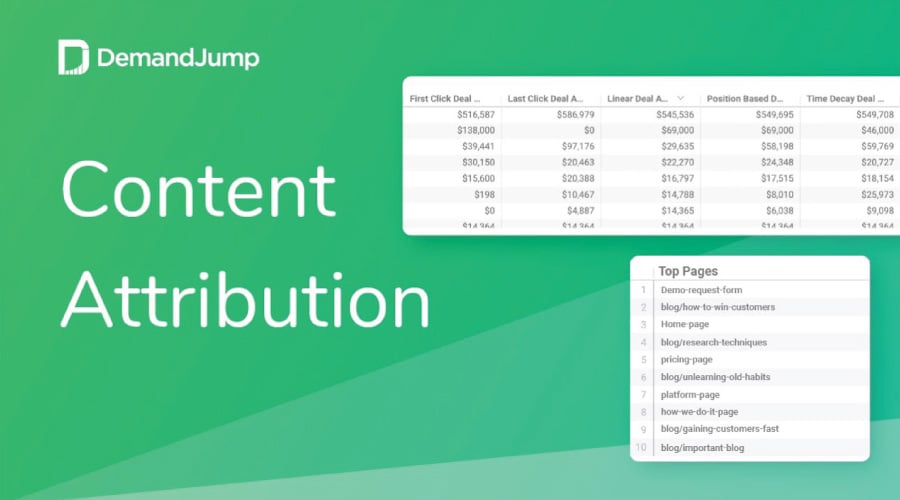If you’re not on page one of Google, you’re missing out. The fact is, page one is where most of the clicks occur, and a lot of searchers don’t even scroll to page two. For example, the 10th organic result on Google only receives a click-through rate of 2.5%. Next time you perform a Google search, think through your habits and which links you click on. We’re willing to bet they’re on page one.
But how do you get there?
We know that topic clusters and SEO pillar pages are a surefire way to boost a website’s rankings in 2022. In fact, time and time again our own customers are seeing how a pillar plan, when executed correctly, can jump them right up to page one on Google. But what is a pillar page and a topic cluster, how do they work together to build your brand’s authority, and how do you get started? It’s easier than you think. Let’s dive in.

What Is a Pillar Page?
In SEO, a pillar page is a high-level piece of content that serves as an ultimate, authoritative guide for a given topic. Pillar pages are broad, aiming to cover breadth, not depth. They are around 3,000 words in length (or about 6 pages single-spaced) and are typically aligned with a company’s products or services. Examples of pillar pages might include “used cars,” “SaaS marketing,” or “landscaping.” These make excellent pillar topics because they’re broad, providing your content writer plenty of room to easily develop 3,000 words. And don’t worry, you’ll have a chance to dive into specific, detailed subtopics with other pieces of content.
In a pillar strategy, there are shorter articles called sub-pillars and supporting blogs that link back up to your pillar. Sub-pillars are generally between 1,500 - 2,000 words while supporting blogs are between 750 - 1,000 words. These shorter articles dive into more detailed aspects of the pillar topic, using high-value keywords and phrases to explore frequently asked questions.
Looking at our pillar page examples above, sub-pillar or supporting blog topics might include “used cars for sale under $10k,” ”why is SaaS marketing different,” or “what does landscaping consist of.” These more narrow articles focus on a singular topic, exploring specific themes and questions in detail. We’ll dive into how to choose topics for your articles later—and how our DemandJump platform can help—but first let’s quickly talk about why pillars are so important these days.
Are Pillar Pages Necessary?
If you want to get to page one on Google, pillar pages have absolutely become a necessity. Google and other search engines continually refine the ways in which they rank content. Because of the sheer volume of content being produced every day, search engines have started valuing articles that they see as authoritative. What’s one way to signal to search engines that your brand knows its stuff? Build out a pillar page with sub-pillars and supporting blogs linking up to it. Those links tell Google that your pillar is an authority, which can drive your rankings higher and higher. We probably don’t need to tell you why that’s important; most searchers stick to page one results on Google, so ranking higher means more traffic—and potentially more customers.
Another of the many benefits of pillar pages is that they provide an excellent opportunity to connect with your target audience in an organic, honest way—as long as you go about it in the right way. Pillar pages, sub-pillars, and supporting blogs are designed to educate your audience, to show that you understand their pain points, to inform them of their options, and to arm them with what they need to move forward with a decision—even if that decision is that your solution isn’t the right fit. That doesn’t mean you can’t highlight your own offerings, but selling shouldn’t be the primary goal. Educate your readers and illustrate that you’re a trustworthy brand willing to put in the work, and it’ll go a long way.
What Is a Topic Cluster in SEO?
A topic cluster, on the other hand, is a term that describes the way that all of your content, including pillar pages, sub-pillars, and supporting blogs, interlink to form a cohesive unit. Sometimes referred to as a content cluster, topic cluster content strategy illustrates exactly how topics and subtopics relate to one another.
Have you ever done a mind mapping exercise where you pick a topic or category, place it in the middle of your paper, and draw lines to link up every related term you can think of? This has been common practice in writing classes for years, and it’s a perfect illustration of the topic cluster model.
Let’s take a look at a couple of topic cluster examples to illustrate what we mean.

Above, you’ll find a massive topic cluster all focused around the topic of “hurricane season.” As you can see, there are almost infinite subtopics you could write about. Trying to narrow this down without a plan would be an overwhelming task. But if you zoom in a bit, you can start to notice trends—and that’s step one.

Looking closer at the top left portion of that content cluster, we can start to narrow efforts. You’ll see that the majority of these topics all relate to Hurricane Harvey. That might be one great sub-pillar to a pillar about “hurricane season.” Smaller, more detailed topics about Hurricane Harvey could become supporting blogs, exploring very specific topics about Hurricane Harvey’s effects, when it hit, and more.
How Do You Create an Effective Topic Cluster and Pillar Page?
Now we know it’s easier to talk about the strategies and theories behind topic clusters and pillar pages, but it might seem a lot more difficult once you start putting pen to paper—or fingers to keys. We’ve got you covered here, too. In these next few sections, we’re going to look at the basic steps you can go through to nail down your strategy, including how you identify topic clusters and pillars, what should be on a pillar page, and more.
How Do You Identify a Topic Cluster?
Before getting started picking specific topics for sub-pillars and supporting blogs, you must select your overall pillar. In other words, you need to identify a topic cluster to focus your content around. To identify a topic cluster, companies should consider the following:
- What is your product or service offering? Often, topic clusters and pillars are built around a company’s primary offering. If you sell a marketing platform, your cluster should include something about marketing. If you provide accounting services, you’re going to want to focus on accounting.
- What are your competitors talking about? Taking a peak at what your competitors are writing about—and perhaps more importantly what they’re ranking for on Google—can give you a good indication of what you need to write about to compete with them. Spend some time perusing their webpages. Or, use a tool like DemandJump to quickly and easily find out detailed information about the high-value keywords your competitors are ranking for.
- What do you want to rank for? Sometimes, there are a number of potential topic clusters available to you. If you sell a marketing platform, for example, you could talk about B2B marketing, B2C marketing, SaaS marketing, digital marketing, marketing automation… The list goes on and on. It’s certainly helpful to write out a list of potential topic clusters. After all, if you’re wondering “how many pillar pages should you have?” the answer is as many as you’d like (and that makes sense to your business!). So, any topics you brainstorm can always be used down the road, but decide which one is the highest priority to start.
Once you have your topic cluster chosen, you have your pillar topic. Next, you should start choosing sub-pillar and supporting blog topics. How do you decide which to go with? There are a couple of options.
You can perform manual keyword research to find related topics and sketch out your plan that way. Using Google’s People Also Ask and Related Searches features can give you great topics that interrelate with your pillar topic.
Or, you could use a tool like DemandJump and let our platform do the heavy lifting. Our Insight Reports provide you with detailed information on the highest value keyword and questions and how your competitors rank. And our Pillar Strategy dashboard will even sketch out a potential pillar plan, including sub-pillars, supporting blogs, and how they all connect.
No matter which option you choose, it can be helpful to use a topic cluster template to keep everything organized. We recommend a simple Excel or Google Sheets file with headers for category (pillar, sub-pillar, blog), title, keywords, due dates, revisions, and any other pertinent information you may need to track.
How to Create a Pillar Page
Once you have your topic cluster decided and you’ve picked all of your topics, keyword research and writing can begin. As you’ll recall, pillar pages should be roughly 3,000 words. And, we recommend using at least 15-20 high-value keywords and phrases in your pillar page for maximum results. Here are a few tips to guide you through creating a pillar page.
- Choose the right keywords: As you’re doing your keyword research, it’s important to choose the right keywords. Are the keywords you’re choosing high value? Are you aligning with the search intent? Can your keywords be put together in a way that creates a coherent, cohesive article? Not sure where to start? Consider a tool like DemandJump. Our platform provides detailed information on the exact keywords and questions to use, including one-click Content Briefs and insights into what keywords your competitors are ranking for.
- Research the topic thoroughly: Your pillar needs to be authoritative, and that means doing research. What sources can you reference? What information is out there, and where can you provide a value add or unique perspective? What are the basics and more advanced topics that are most important? Read and digest as much as you can (within reason, of course) before you begin writing.
- Build an outline: Once you’ve done your research, you can build out an outline. Start with the basics and move into the more advanced topics as you write. When possible, use high-value keyword questions as headers, which will naturally break your pillar into sections. This will make your article skimmable, and it’ll give your readers’ eyes a break.
- Write: Once you have a solid outline, begin writing. As you write, keep a few things in mind. First, write for your audience. Use language they understand, explain topics that might be difficult to understand, and address any pain points or concerns they may have. Second, stick with a consistent tone. Is your brand conversational? Academic? A little humorous? Let that shine through in your pillar and all other pieces of content. After you’re finished writing, make sure to get someone to review it. Another set of eyes always helps!
These general tips can help as you write your pillar, but they are also great pieces of advice for any piece of content writing, including sub-pillars and supporting blogs!
DemandJump: Boost Your Rankings Today
Search engine optimization is constantly changing. One thing that’s here to stay? Your content marketing plan needs to include the right keywords and strategies. Doing so is the best way to achieve first page rankings, get more traffic, and drive better outcomes. That’s why we built DemandJump. Built for marketers, by marketers, DemandJump is a marketing strategy platform that shows companies the exact content they need to create to boost their rankings. From developing pillar plans to finding out how you stack up to your competition to selecting the right high-value keywords, our platform takes the guesswork out of content marketing.












